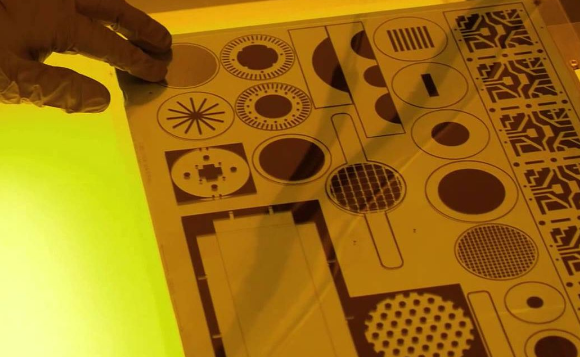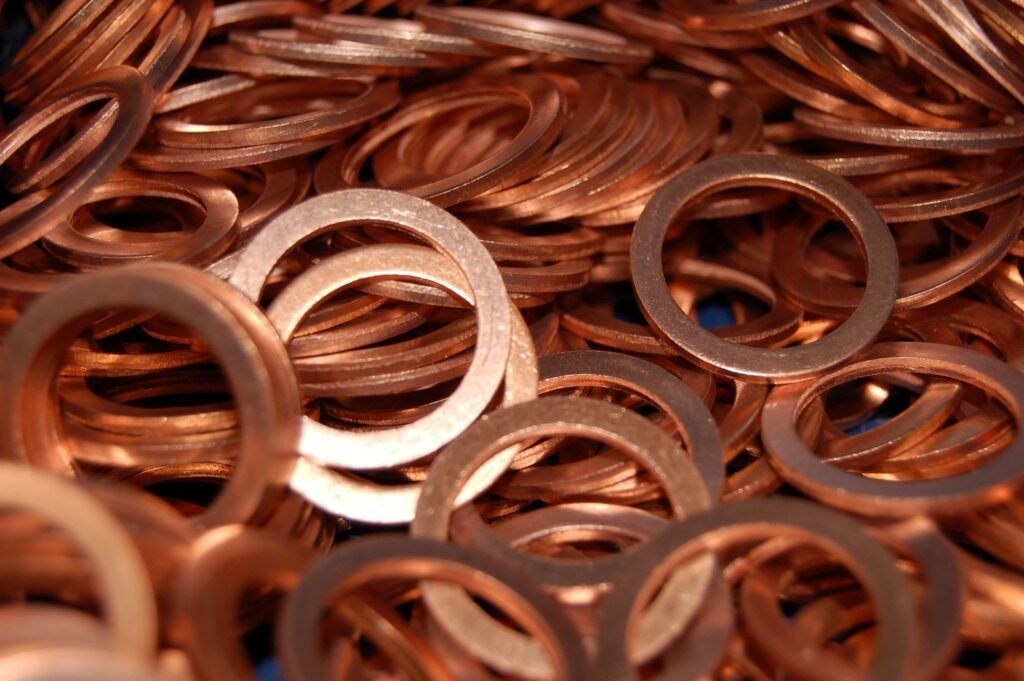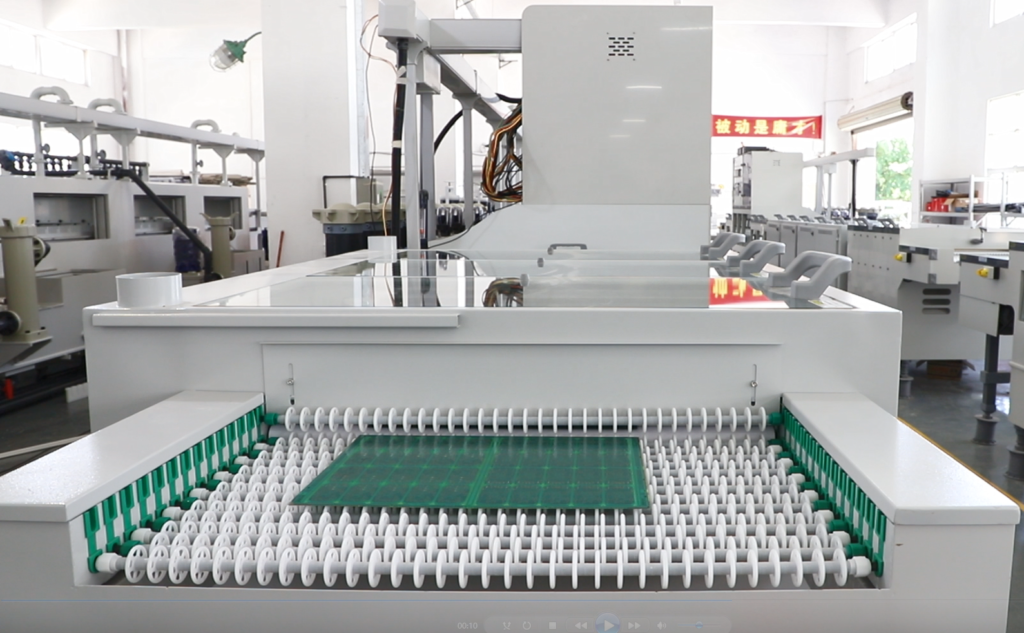Types of Copper and Etching Characteristics
Copper encompasses various alloys, each possessing distinct properties catering to specific applications. Some common types of copper include:
Pure Copper (C110): This unalloyed copper exhibits exceptional electrical conductivity and thermal conductivity. Etching pure copper is relatively straightforward and can achieve precise results.
Brass (C260): Brass, a copper-zinc alloy, offers enhanced corrosion resistance and workability. Etching brass requires specialized etchants to maintain its unique properties.
Bronze (C52100): Bronze, a copper-tin alloy, boasts superior strength and wear resistance. Etching bronze demands precise control to achieve desired patterns without compromising its mechanical properties.
Cupronickel (C70600): Cupronickel, a copper-nickel alloy, provides excellent resistance to seawater corrosion. Etching cupronickel requires consideration of the specific alloy composition to achieve the desired results.
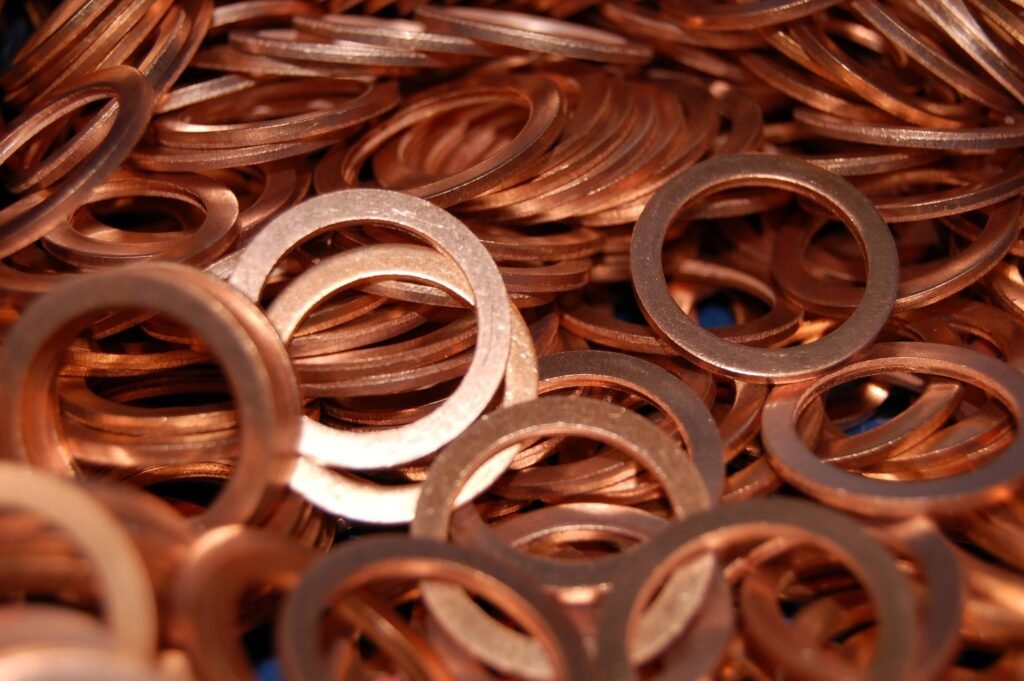
Advantages and Disadvantages of Copper Alloys in Wet Processing
Each copper alloy possesses unique advantages and disadvantages in wet processing and etching:
Pure Copper (C110): Advantages: Excellent electrical and thermal conductivity, easy to etch with common etchants. Disadvantages: Prone to corrosion in certain environments, lower mechanical strength compared to alloys.
Brass (C260): Advantages: Enhanced corrosion resistance, attractive appearance, and suitable for decorative applications. Disadvantages: Requires specialized etchants due to its zinc content, which can affect etching rates.
Bronze (C52100): Advantages: High strength and wear resistance, ideal for bearing and bushing applications. Disadvantages: Etching may require precise control to maintain mechanical properties.
Cupronickel (C70600): Advantages: Excellent resistance to seawater corrosion, suitable for marine applications. Disadvantages: Etching may require unique etchants depending on the alloy composition.
Metal Etching of Copper
Metal etching precisely shapes and patterns copper components for various applications. The wet processing method employs metal etching machines and specific chemical etchants.
Common Chemical Etchants for Copper:
Ferric Chloride Etchant: Widely used for etching copper and its alloys, offers good control over etching rates.
Cupric Chloride Etchant: Suitable for precise and controlled etching of copper materials.
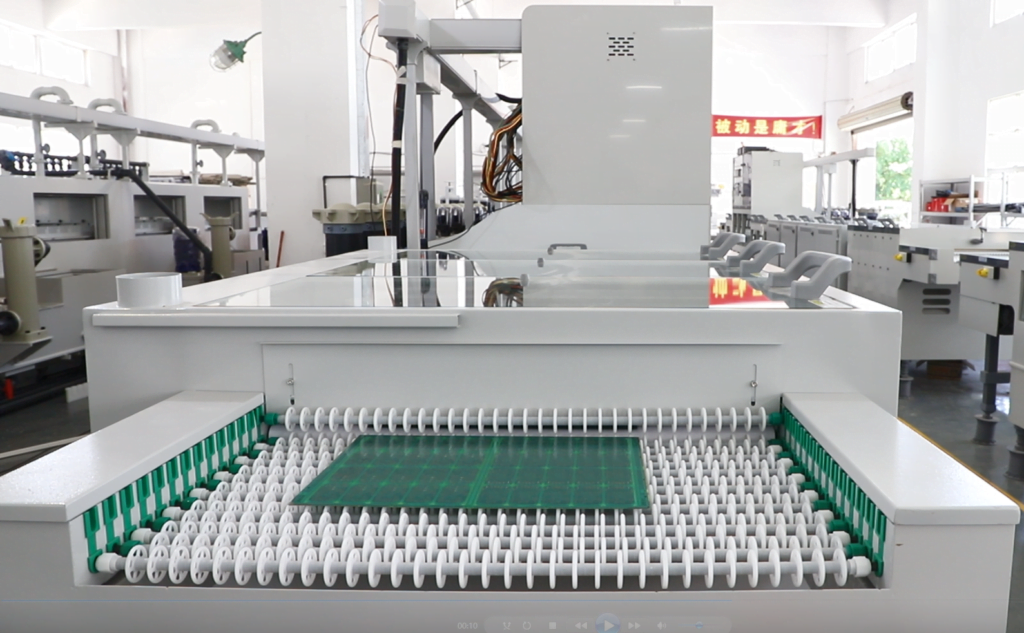
Precautions during Metal Etching:
Follow safety protocols when handling chemical etchants, including proper ventilation and personal protective equipment.
Adhere to etching time, temperature, and concentration to achieve precise etching results.
Photo Etching of Copper
Photo etching is a precise and controllable process that uses light-sensitive masks to define patterns on copper surfaces. This technique enables intricate designs and high tolerances.
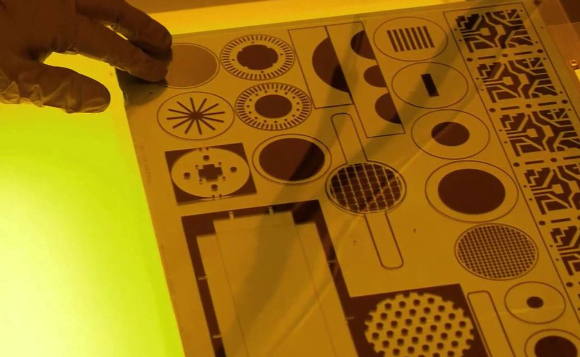
Etching precision machined copper materials involves understanding the various types, alloys, and their etching characteristics. Electroforming, surface treatment, metal cleansing, and metal etching are integral processes in achieving precise and high-quality copper components. By selecting suitable processes and following necessary precautions, manufacturers can harness the exceptional properties of copper for critical applications across various industries.
Copper Etch Processing Guidelines
| Metal Alloy | Etchant | Temperature (°C) | Concentration (%) | Estimated Etch Depth (microns) | Etch Quality |
|---|---|---|---|---|---|
| Copper | Ferric Chloride | Room temperature | 30% FeCl3 | 5-20 | High-quality (smooth) |
| Copper | Cupric Chloride | Room temperature | 15% CuCl2 | 5-20 | High-quality (smooth) |
The values provided are approximate and can vary depending on specific etching conditions, including exposure time and the condition of the copper surface. Always conduct test etches and adjust parameters as needed to achieve your desired results. Additionally, safety precautions should be followed when handling these chemicals.
 Get a quote
Get a quote
